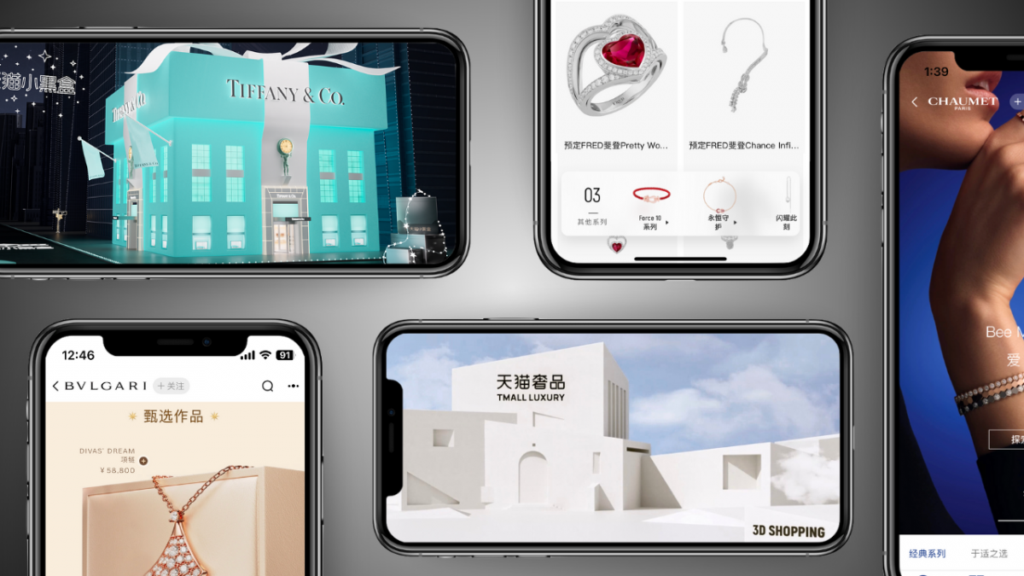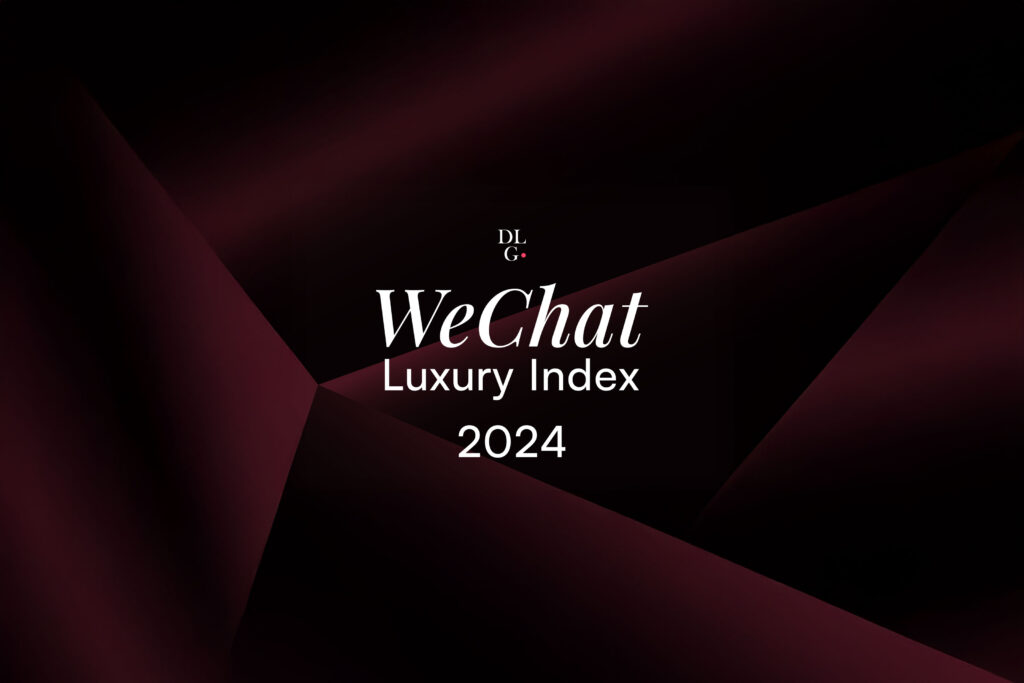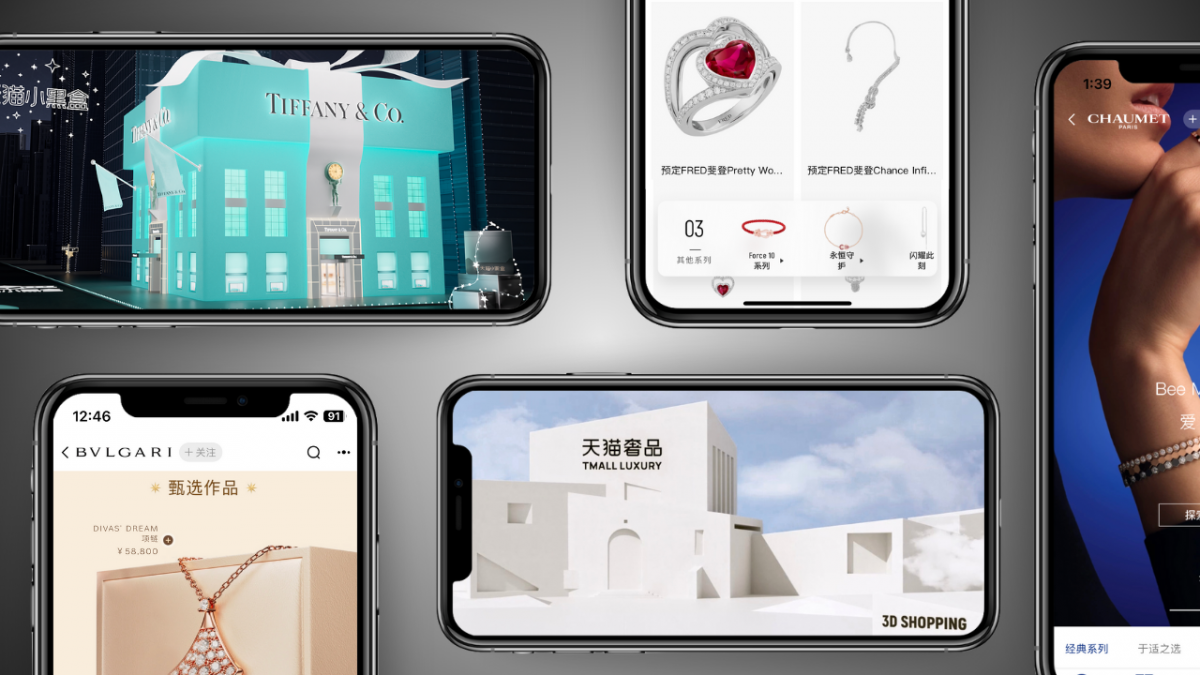As luxury brands accelerate their digital transformation in China, Douyin, dominated by short videos, has become one of their biggest targets. But in order to capture the attention of the younger generations on this platform, brands need to rethink their content strategy.

Creating The Right Content
The first challenge brands encounter on the content level is adapting to the platform’s standard video format given their existing assets. Much of the content posted by brands on Chinese social media is derived from international assets distributed on global social platforms. Most of these videos are shot and produced in a horizontal format and do not fit the 9:16 vertical video format on Douyin. Moreover, they are often not short and snappy enough to captivate China’s attention-deficit youths. While brands can still reuse existing materials provided by global teams, original content created and tailored for this platform is more likely to be well-received by audiences.
Then there are brands like Balenciaga that are on both TikTok and Douyin, and feeding both platforms with similar content that generally resonates with both local and global audiences. Its eye-catching but somewhat bizarre videos echo the visual leitmotifs of Creative Director Demna Gvasalia, while addressing the tastes of the younger generation on Douyin. In one notable video, a piece of paper inscribed with the words “THINK OUTSIDE OF THE BOX” is dropped into a sink, after which the word “SHOE” gradually appears. The video received almost 200,000 likes, with users responding positively and expressing curiosity towards the video.

While Balenciaga’s strategy works from a global communications standpoint, there are also local communication milestones that brands will need to address in China – and which they will not have relevant global assets for. This leads to another challenge for brands in terms of content creation: Local production.
International luxury brands are no strangers to producing local content, having done so on various Chinese digital platforms like WeChat and Weibo over the years. But given the differences across ecosystems, assets created for one platform might not necessarily be relevant for another. It was with this in mind that Gucci collaborated with Chinese hip-hop group Higher Brothers in a video exclusively for Douyin, featuring group members wearing pieces from Gucci’s Fake/Not Collection and a rapping a verse (especially written for Gucci) in the Sichuan dialect. The video, aimed at the younger generation, received 116,000 likes on Douyin and generated widespread discussion.
Optimising Communication Strategies
Given the fragmentation of consumers across different markets and the complexity of the global digital ecosystem, standard digital assets produced for a fixed product mix and international marketing milestones are no longer sufficient to meet the needs of the dizzying number of digital platforms popular across different markets, especially in China.
Bain estimates that China’s personal luxury market will achieve 48 per cent growth in 2020 to reach approximately 346 billion Yuan. With this momentum, China will become the world’s largest luxury market by 2025. In terms of products, brands have already long been releasing special collections for this market. However, the rate at which they are adapting to content needs in the market remains slow, despite the fact that online touchpoints influence 92 per cent of purchases in China.
Apart from ramping up content investment in this market, brands also need to consider how they can adapt their content strategies from the top down to fit the unique digital ecosystem in China, says Elsie Zhang, Client Development Director at DLG (Digital Luxury Group). “When creating a marketing plan, brands need to think about how they can reuse these material assets on Chinese digital platforms, in addition to pure distribution.” She elaborates that content localisation requires financial investment, time and a clear product strategy, as well as clear understanding of the local marketing calendar. Brands also need to work closely with local teams and possibly even third-party agencies to help them fill in the gaps when it comes to the production of these assets.
The issues brands face in producing relevant content on Douyin is part of a larger digital transformation challenge that brands need to contend with when developing their businesses in China today. Digital transformation in China is more than merely venturing into a new platform or opening up a sales channel. Strategies must be grounded in clear understanding of local consumers and the native culture, and crafting a China content strategy from a Western perspective is no longer viable.
Find out more about how your brand can develop the right content strategy in China in the latest edition of the DLG Webinar Series: China’s Digital Market, which will focus on Content Creation & Localisation. For more details and to register, click on the link below.
Cover image: Handout










